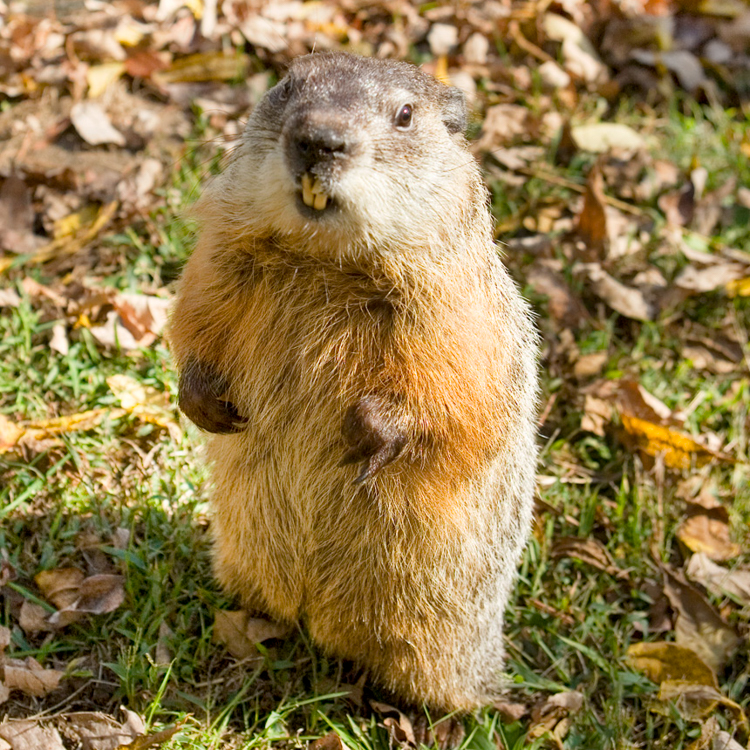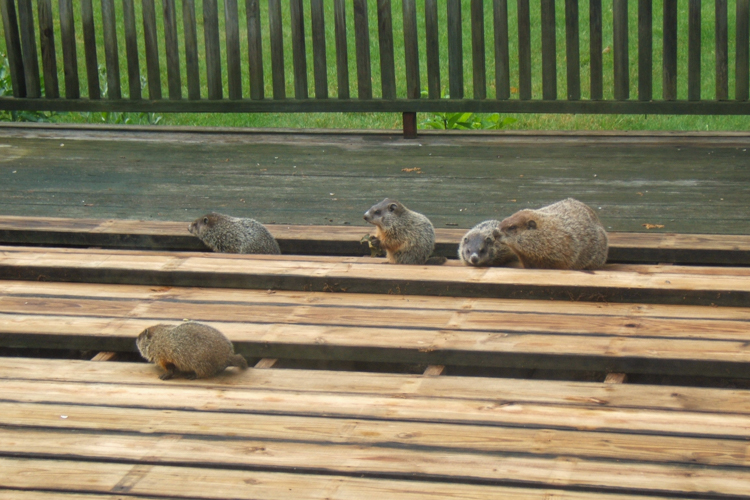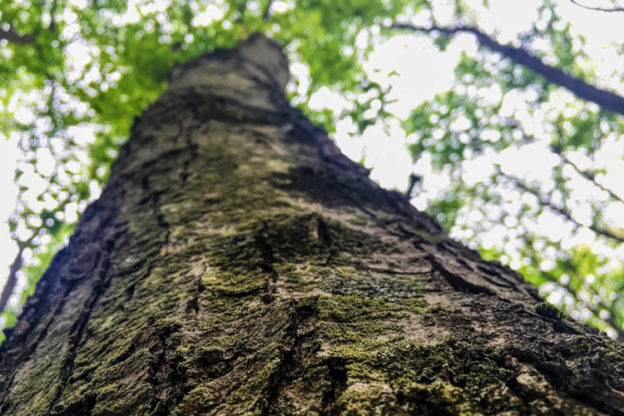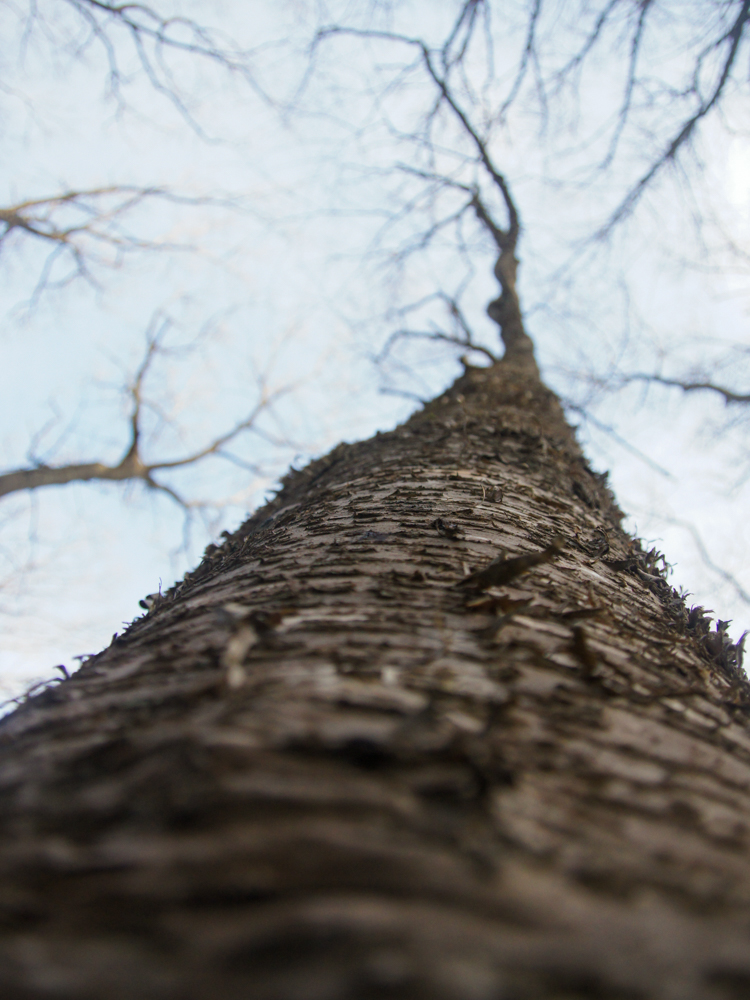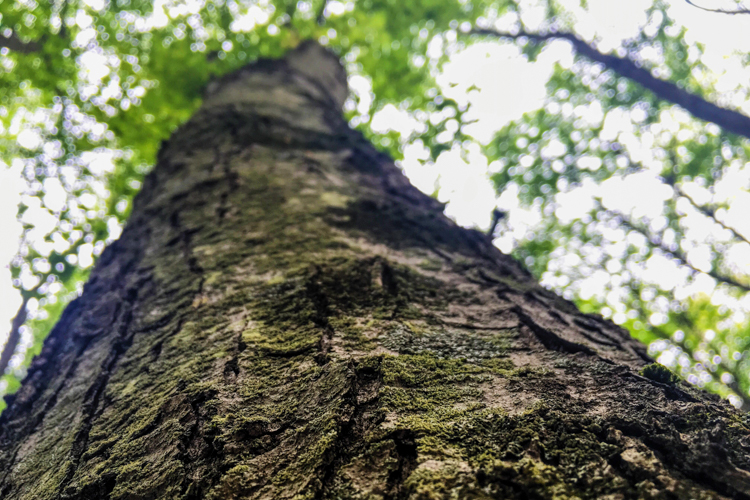Let’s get real for a minute: living through a pandemic can sometimes feel a bit like the classic movie Groundhog Day—reliving the same day over and over, never quite sure when we’ll escape a sort of perpetual limbo. But unlike the anti-hero of that fictional Hollywood reality, we know that there is a light at the end of the tunnel and that, while socially distant, we are not alone as we navigate this strange, challenging reality together.
And there’s even better news: Groundhog Day (a popular holiday observed on February 2 in the United States and Canada) traditionally marks the halfway point between the winter solstice and the spring equinox, meaning warmer days and even more outdoor adventures in nature lie ahead. Whether you consider yourself “superstitious” or not, it may bring you some comfort to know that Drumlin Farm’s own Ms. G—the official state groundhog of Massachusetts—made her annual appearance on February 2 and did NOT see her shadow, thereby predicting an early spring! You can watch a recording of the live event on Facebook, which was held virtually this year due to COVID-19 and the heavy snowstorm the day before.
So while we may need to wait a bit longer for springtime, in the meantime you can enjoy these five photos of our native groundhogs (also known as woodchucks) and look forward to brighter days—both literally and figuratively—in the near future.
